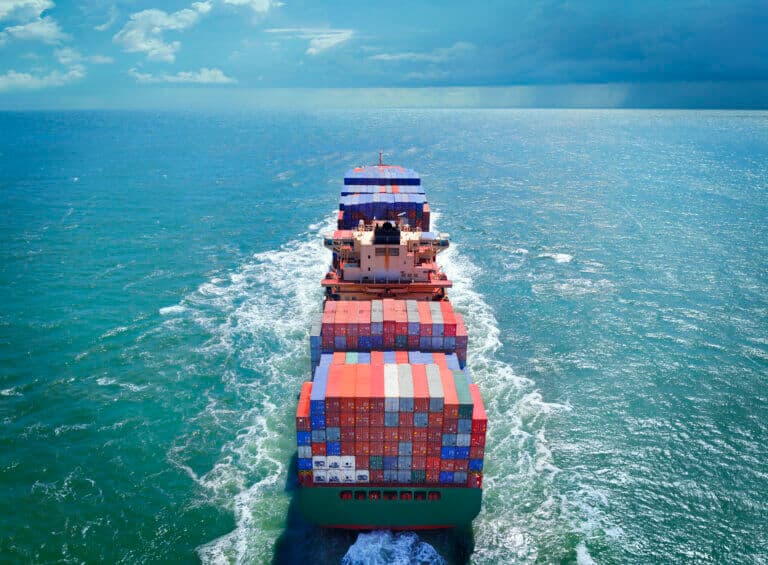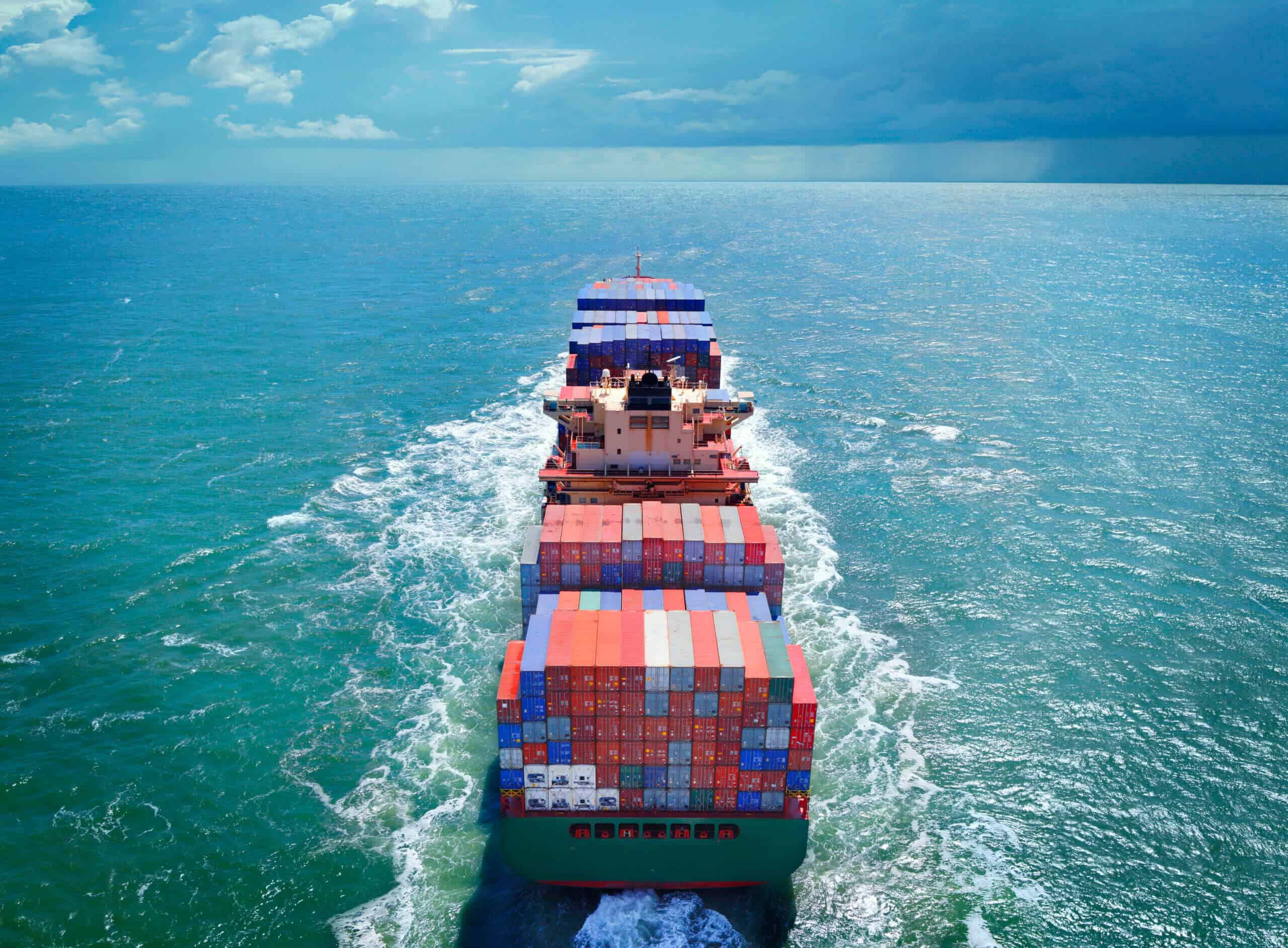
License delays and sensitive data requirements push firms to rethink sourcing strategies.
The global economy runs on elements most people have never heard of. Rare earth elements (REEs) power everything from smartphones to wind turbines, yet they remain dangerously concentrated. When China introduced new export restrictions in 2025, businesses dependent on rare earth supply chains found themselves scrambling to secure critical materials. License delays and sensitive data requirements are now pushing firms to fundamentally rethink their sourcing strategies.
China’s rare earth mineral dominance
China supplies most of the world’s rare earth elements and has the largest mining and refining operations globally. They:
- Account for approximately 60% of global rare earth raw material production
- Process about 85% of the world’s output of rare earth elements
- Manufactures nearly 90% of the world’s rare earth magnets
- Control nearly all the refining capacity for heavy rare earth elements such as dysprosium and terbium, which are essential for high-performance magnets
This concentration gives China a strong influence over some key global industries, ranging from consumer electronics, green energy, and defense and aerospace.
Understanding the new China rare earth export restrictions
On April 4th 2025, in response to US President Donald Trump’s tariff increases on Chinese products, China’s Ministry of Commerce (MOFCOM) and the General Administration of Customs issued Announcement 18, imposing export restrictions on seven of the seventeen rare earth elements (REEs):
- Samarium
- Gadolinium
- Trbium
- Dysprosium
- Lutetium
- Scandium
- Yttrium.
These seven rare earth elements are essential for the production of magnets, batteries, and screens. The Chinese government stated that the limits are needed to safeguard national security and interests and fulfill international obligations such as non-proliferation.
How the restrictions work
The rare earth export restrictions are not a ban, but they do set strict monthly quotas for the export of the materials and require exporters to obtain licenses from the Chinese Ministry of Commerce to export these rare earths and their related products (including oxides, alloys, compounds, mixtures, and finished goods such as magnets). Exporters also must ensure that their end customers are not involved in sensitive sectors such as military hardware.
Timeline of key developments
On May 13th 2025, China agreed to suspend the recent non-tariff countermeasures, including those for rare earth restrictions, for 90 days as part of a temporary tariff negotiation with the US.
On June 11th 2025, the US and China agreed a trade framework during trade talks in London, focusing on resolving issues related to rare earth element (REE) exports. A key component of the agreement involved China resuming rare earth shipments to the US, and the US agreed to provide certain concessions, including visas for Chinese students to study in the US. China also agreed to create a “green channel” for expediting license approvals from trusted US companies.
On June 27th, China and the US announced a new agreement resolving some issues around shipments of rare earth metals and magnets to the US.
While the June 11th and June 27th agreements represent a step forward in resolving the trade dispute between China and the USA, some issues remained unresolved, particularly around rare earths used for military applications. China maintains restrictions for specialized rare earths like samarium, which are crucial for military purposes. China’s Ministry of Commerce confirmed it has approved “a certain number” of export permits. While the agreement may increase the flow of heavy rare earths to Western consumers, the instability of US-China trade relations means that the truce is likely to be only temporary.
Immediate global trade impacts of the rare earth restrictions
Previous rounds of Chinese export controls, such as in 2010 when it temporarily banned exports to Japan over a fishing trawler dispute, triggered panic buying and international disputes. This time, the controls are more targeted and seem designed to respond to China’s growing concern over increasing US tariffs on Chinese EVs and technology products.
License delays for exports
The new rare earth restrictions are already causing delays in exports as the Chinese government establishes the licensing system. The Ministry of Commerce states it can take up to 45 working days to process a license application with additional time needed if the state council or military must be consulted, so three months is the expected delay in obtaining such a license. While hundreds of export license applications have been submitted to the Chinese authorities since early April, only around 25% were initially approved by early June, however that had risen to about 60% approval by early July.
To get a license, exporters are required to furnish six sets of documents, including profiles of their ultimate consignees. That profile requirement may lead some importers to stop buying rare earths from China, as that information is often considered commercially sensitive.
Importers and customers are also required to sign declarations which commit them not to transfer the product to a third party without China’s permission. This licensing system will provide an incentive to countries across the world to cooperate with China to minimize disruptions in their rare earths supply.
Decline in rare earth exports due to restricted supply
Demand for rare earths and critical minerals is expected to grow exponentially in the coming years as the clean energy transition picks up pace, however the supply is now being restricted.
Export data from May 2025 shows that China’s total exports of rare earth magnets fell by 74% year-over-year in May to 1.2 million kilograms, the lowest level since February 2020 during the COVID-19 pandemic. The US-specific decline was even higher, with shipments of rare earth magnets to the US plummeting by 93.3% year-on-year in May, with only 46,000 kilograms.
Industry-specific impact analysis
Consumer electronics
Laptops, smartphones, and other consumer electronics use many rare earths in motors, batteries, and touchscreens. These products face rising costs and delays as supplies tighten. Manufacturers are seeing lead times grow and margins shrink, and some brands may even delay product launches or pause new product lines. Small electronics makers, often squeezed out by the demands of bigger supply chain players, will face the toughest choices.
Renewable energy
Wind turbines require rare earth magnets for high-efficiency motors, and grid storage and solar inverters also need rare earths. The decline in supply will slow the rollout of renewable projects and increase the costs.
Electric vehicles
Electric vehicles (EVs) rely heavily on rare earth magnets for high-efficiency motors, sensors, and other components. A supply shortfall will slow production and increase costs for automotive firms. Several European auto supplier plants and production lines have already been shut down, according to Europe’s auto supplier association CLEPA, with the group warning of more outages as inventories deplete. Germany’s car industry and auto executives have also sounded the alarm, saying the highly globalized sector is acutely vulnerable to further supply chain disruption.
Defense and national security
Rare earth elements play an integral role in modern defense technologies, enabling advanced radar and sonar systems, laser guidance and propulsion technologies in combat environments. Missiles, fighter jets, guidance systems, and advanced sensors all need rare earths. The new restrictions will force defense departments to look for other suppliers, create stockpiles, or redesign equipment to use less rare earths. Delays and higher costs are likely, raising the stakes for countries that prioritize strategic independence.
Longer-term strategic responses
The US, EU, and Japan were already trying to rebuild their own mining and refining operations for rare earths, and this will have even greater emphasis going forward. The US supports domestic mining and funds research on alternatives, while the EU and Japan invest in recycling pilot projects and new trade partnerships. However, it will take years for these efforts to pay off in creating new domestic supplies.
Building rare earth diversification and local production
Many companies are scouting for new suppliers from Australia, Canada, and Africa. Firms are also joining forces with governments to fund new mines or reopen old ones. Partnerships between mining firms, refiners, and end users are rising, but for most companies the focus must remain on ethical sourcing and environmental responsibility.
Recycling and alternative materials
Recycling may become a preferred way to source rare earth supplies. Firms are investing in ways to recover these elements from used electronics, batteries, and motors. For example, Apple has significantly increased its use of recycled REEs, from 45% in 2021 to 73% in 2022, and is aiming for 100% in all magnets by the end of 2025.
Design engineers are also looking for substitutes, whenever possible switching to less rare or synthetic materials. While substitutes can’t currently replace every function for rare earths, they can reduce the demand.
Supply chain strategies for adapting to export restrictions
Global firms cannot sit still. The new normal of rapidly changing supply chain requirements demands nimble planning, robust risk management, and a fresh approach to raw material sourcing.
Digital transformation
Digital platforms can provide real-time visibility into supply chain operations, facilitating rapid data-driven decision-making and improved collaboration among stakeholders.
Supplier risk assessment
Smart businesses review every supplier relationship, looking for points of failure. They track inventory, run backup supplier trials, and use software to map supply chain dependencies. Flexibility is key, letting buyers switch sources or reorder schedules at short notice.
How evolved is your supply chain risk management strategy?
Sourcing flexibility
Diversification of supply sources to reduce reliance on a single source, like China, is paramount. This involves identifying and developing relationships with new mining and processing facilities in other countries, such as Australia, Canada, and the United States.
Strategic partnerships
Establishing partnerships with companies involved in different stages of the rare earth supply chain, from mining to manufacturing, can create a more robust and diversified network.
Enhanced inventory management
Strategic stockpiling and improved inventory tracking can help buffer against potential supply disruptions and price volatility.
Enhanced global trade compliance
Staying updated on regulations (including those related to rare earths) is key, as is automating key compliance processes such as compliance checks, Restricted party screening, license management, and centralized documentation
How can e2open help you with trade compliance challenges?
While recent agreements between the US and China have provided some relief, the underlying tensions suggest that, at least for now, the supply chain volatility around rare earth minerals will persist.
Companies that proactively adapt their sourcing strategies, invest in supply chain visibility, and build resilient supplier networks will be best positioned to navigate this new reality. The transition away from single-source dependencies will require time, investment, and strategic partnerships, but it’s essential for long-term business continuity.
Ready to strengthen your supply chain resilience? E2open’s suite of intelligent, unified applications empower businesses to adapt to rare earth (and other) export restrictions by providing the necessary tools for maintaining trade compliance, enhancing supply chain visibility and resilience, and enabling data-driven decision-making to mitigate the impact of disruptions. Contact us to learn more about how we can help your business enable true visibility and collaboration across all of your supply chain touchpoint, including planning, global trade, logistics, supply, and channel.





